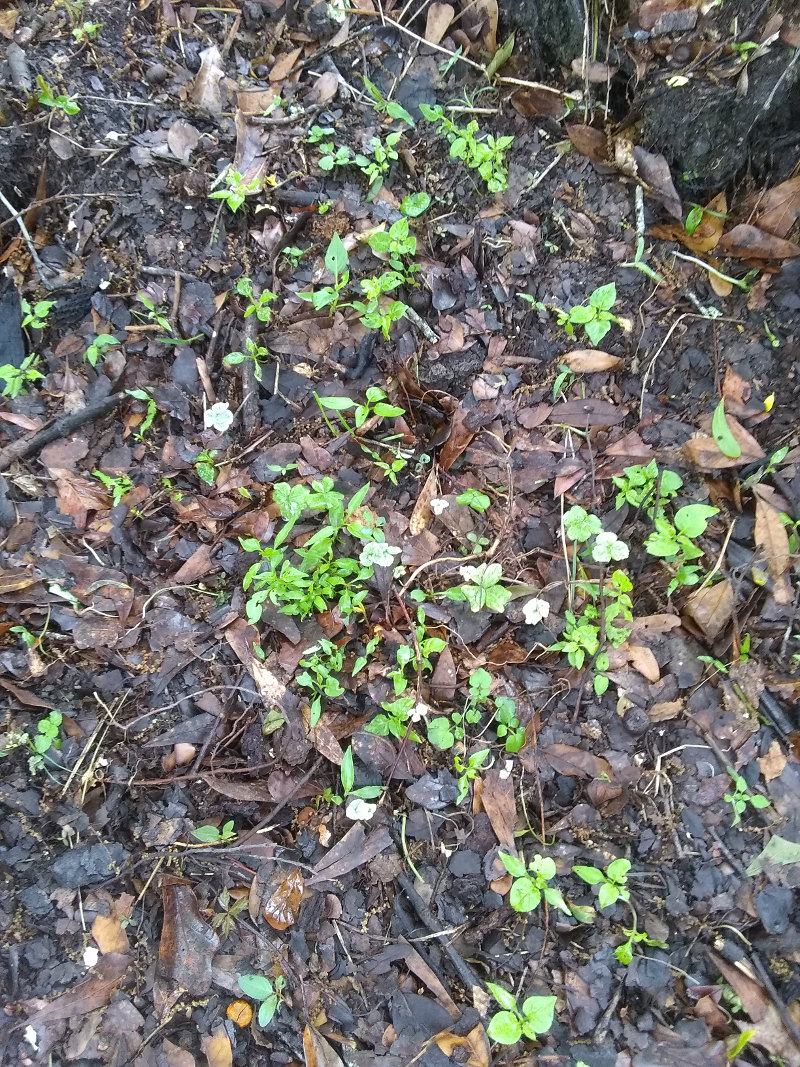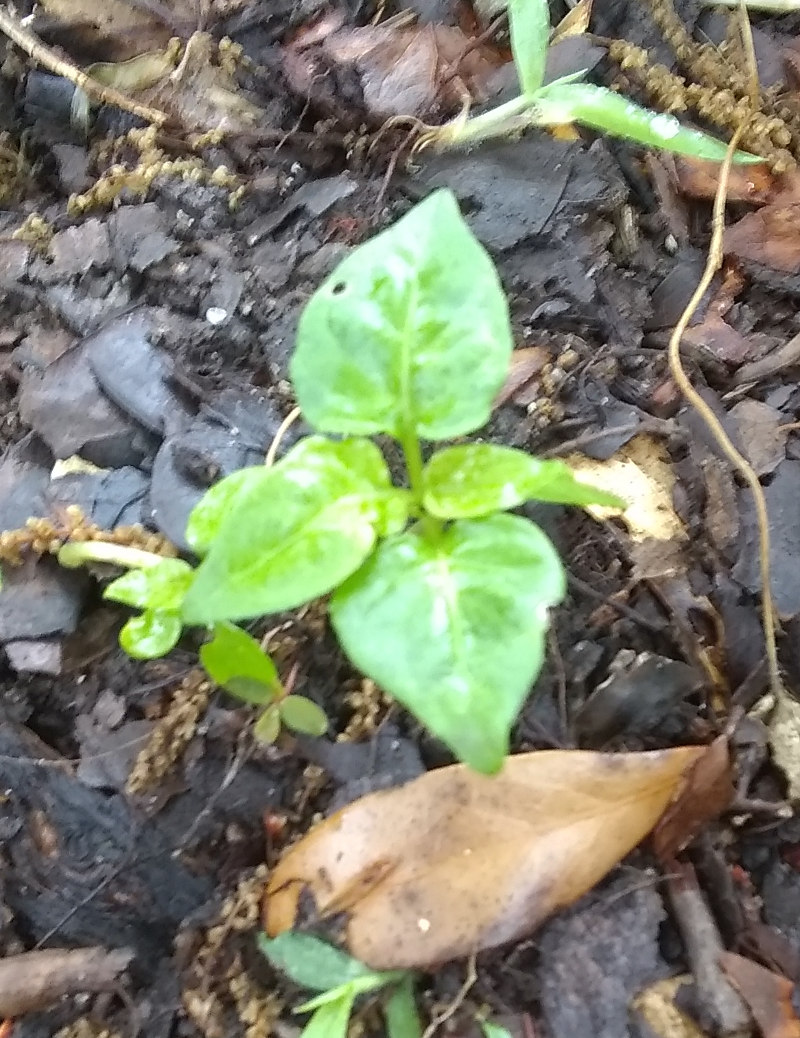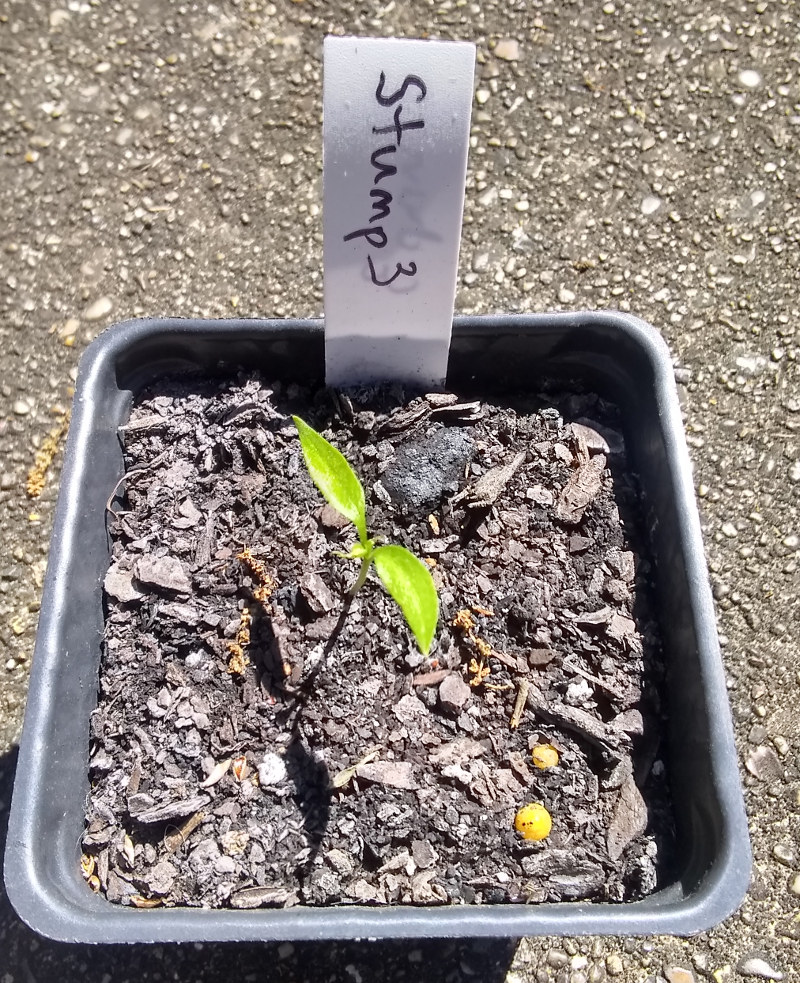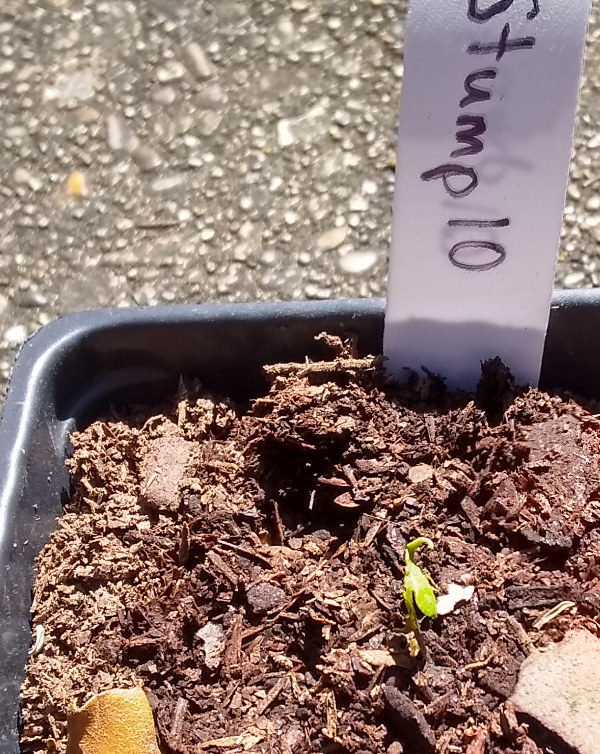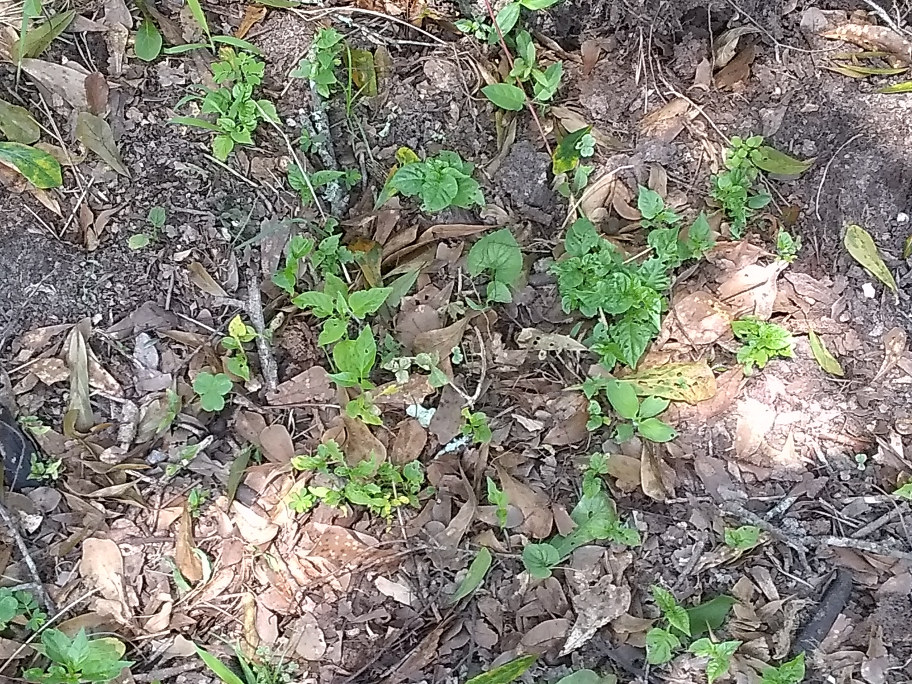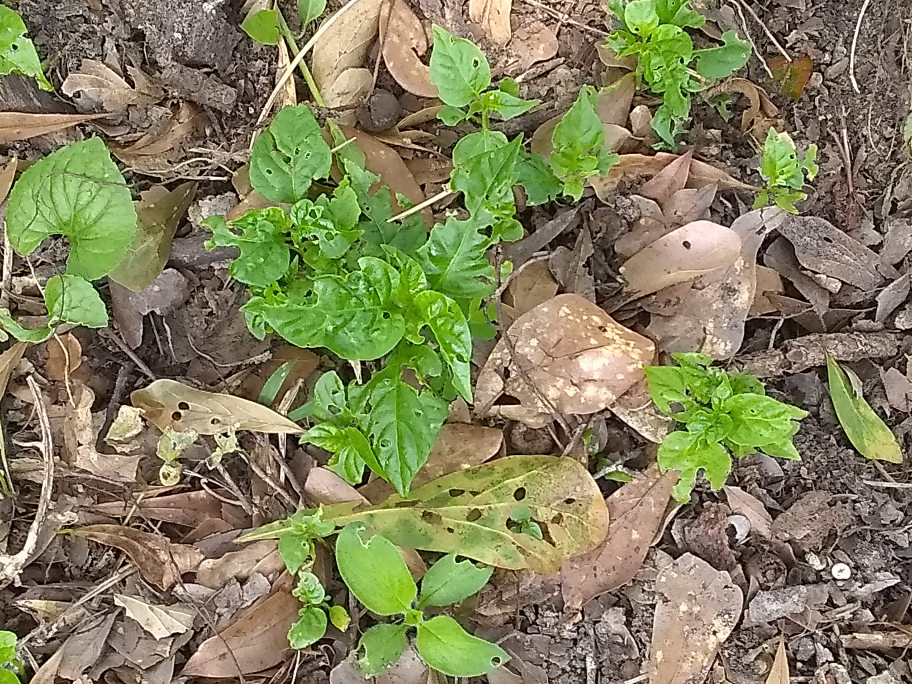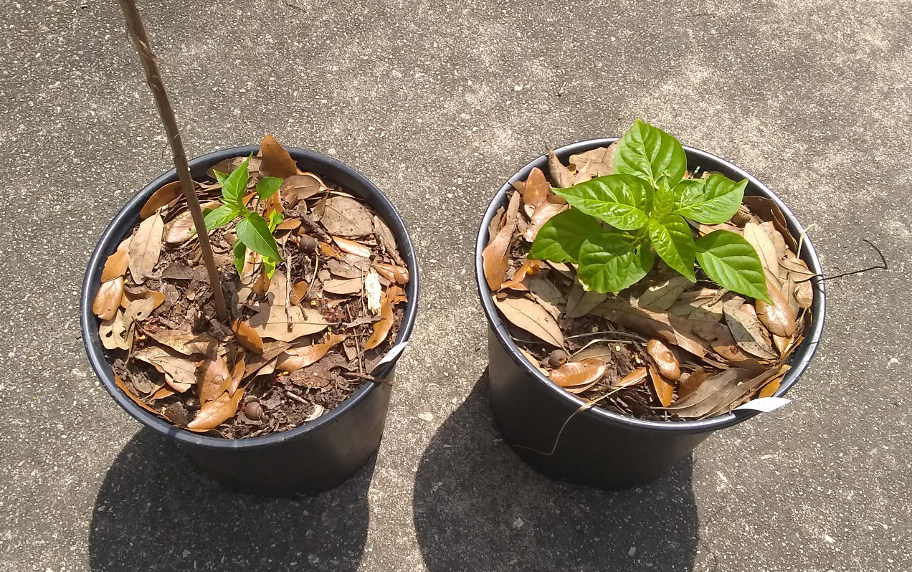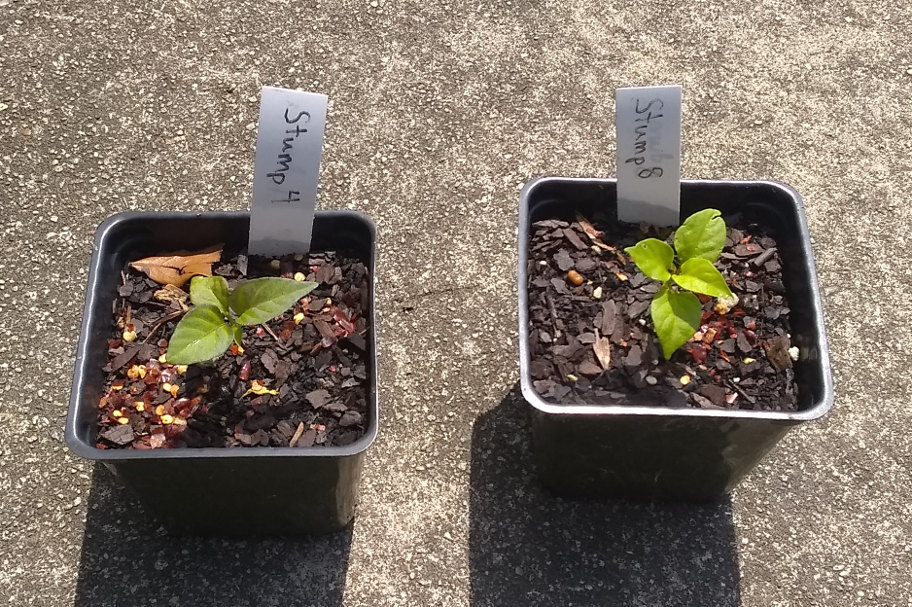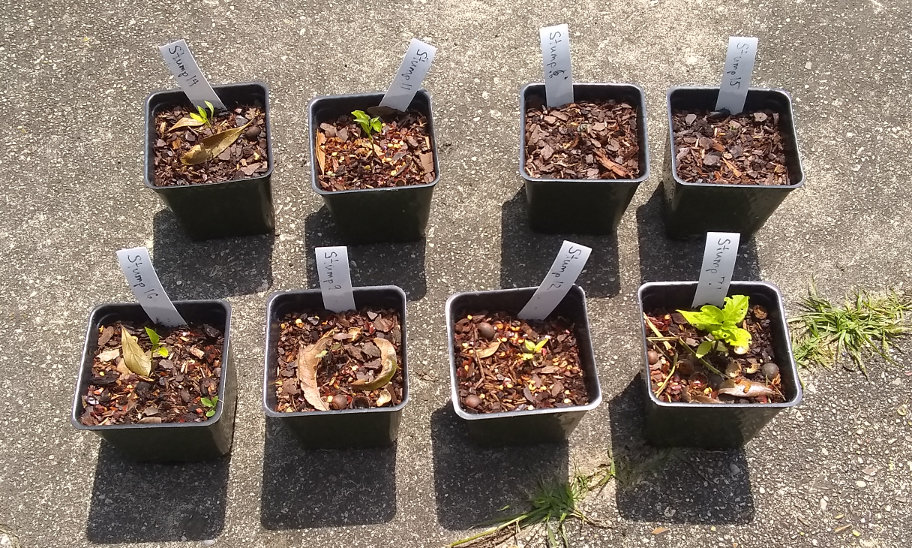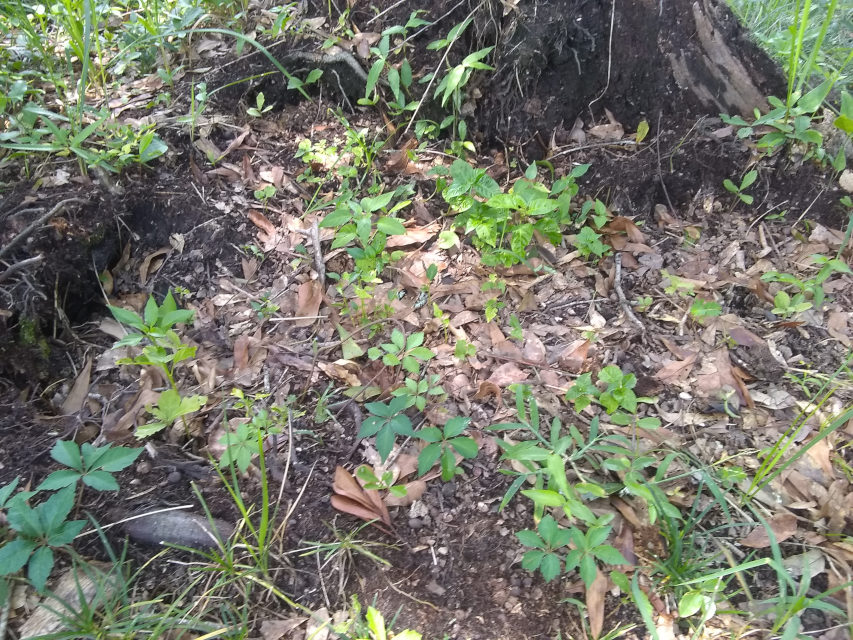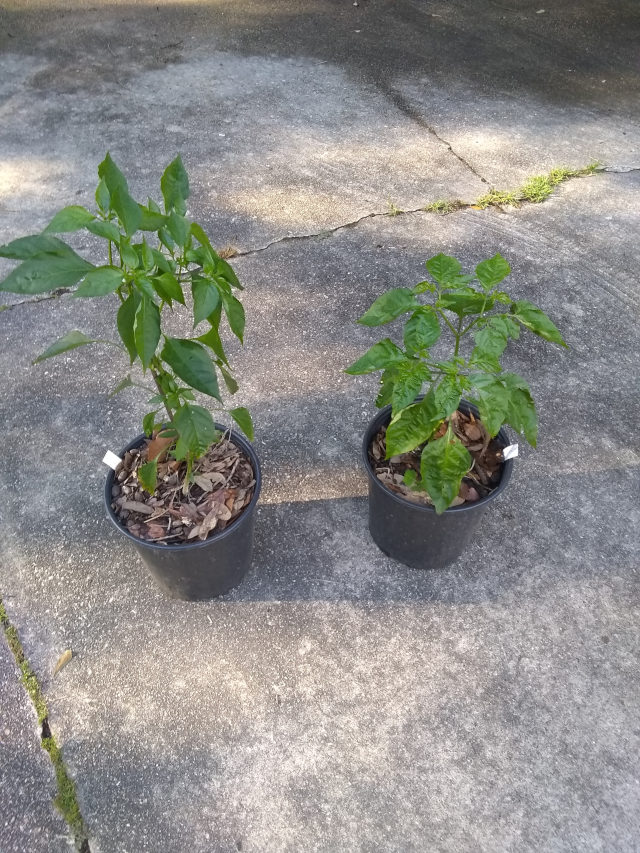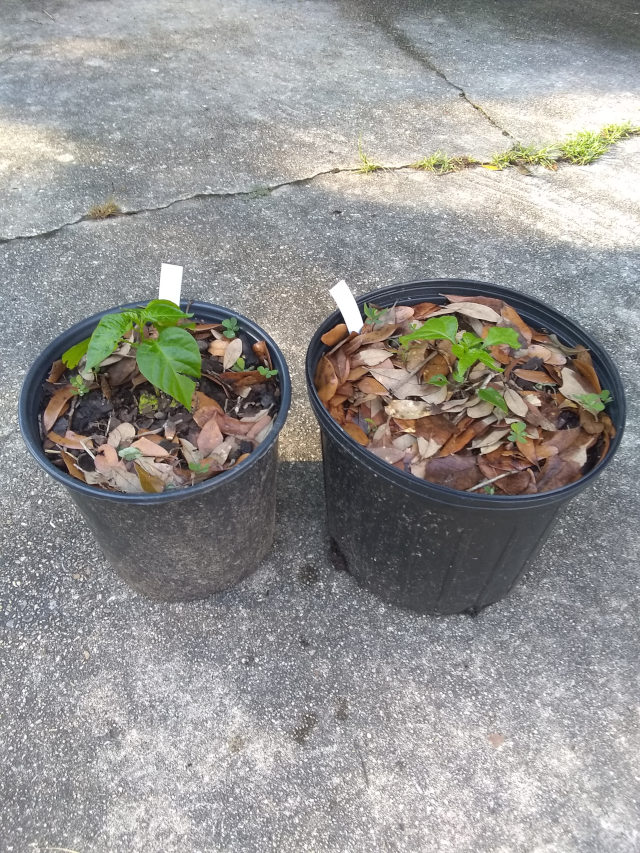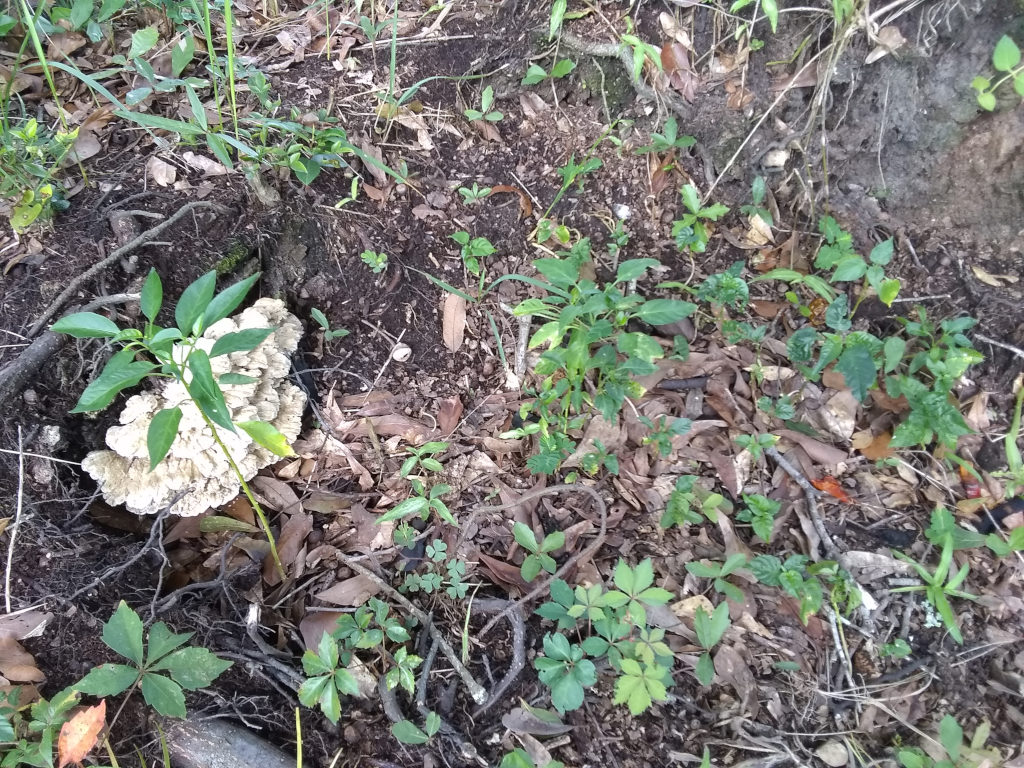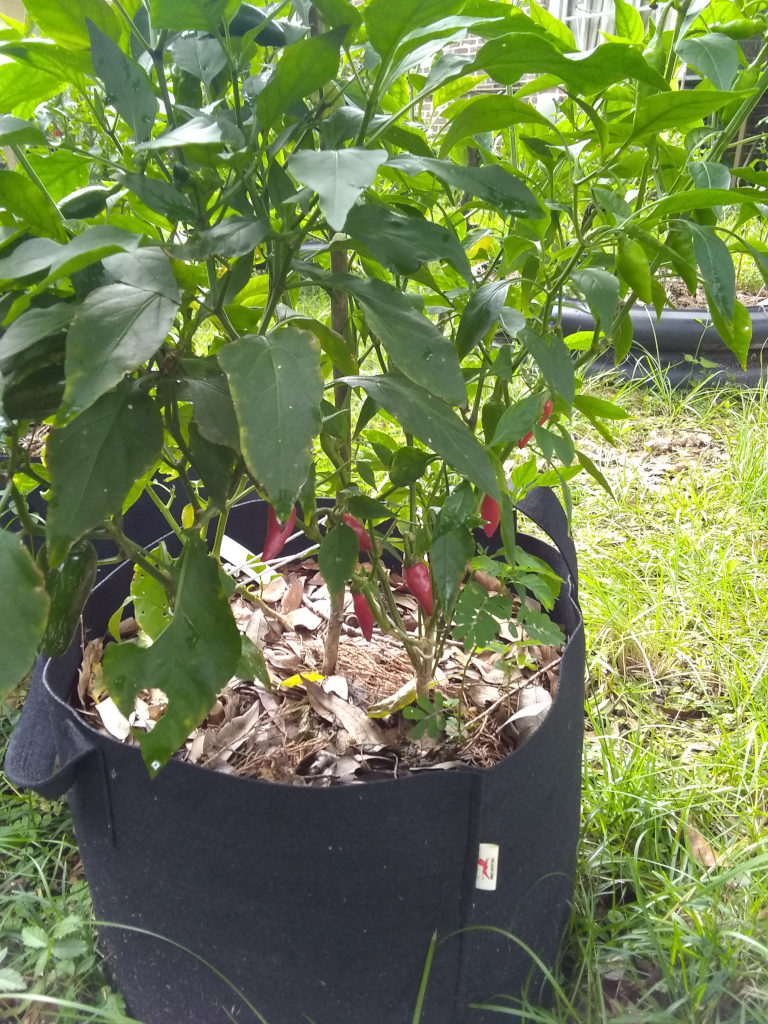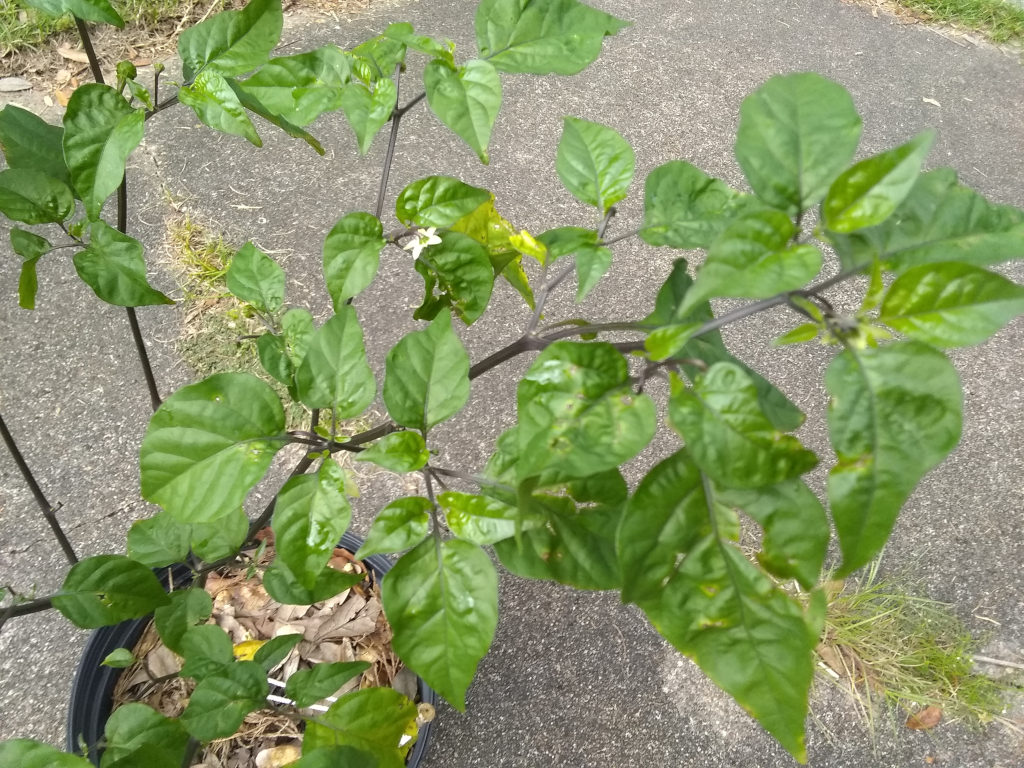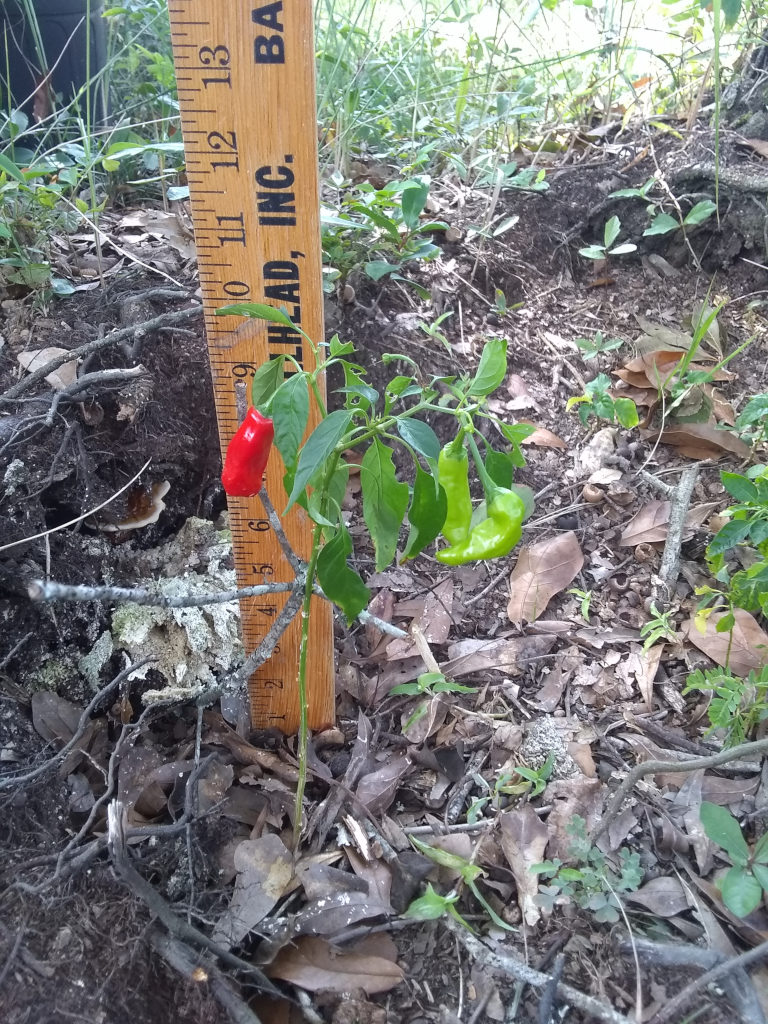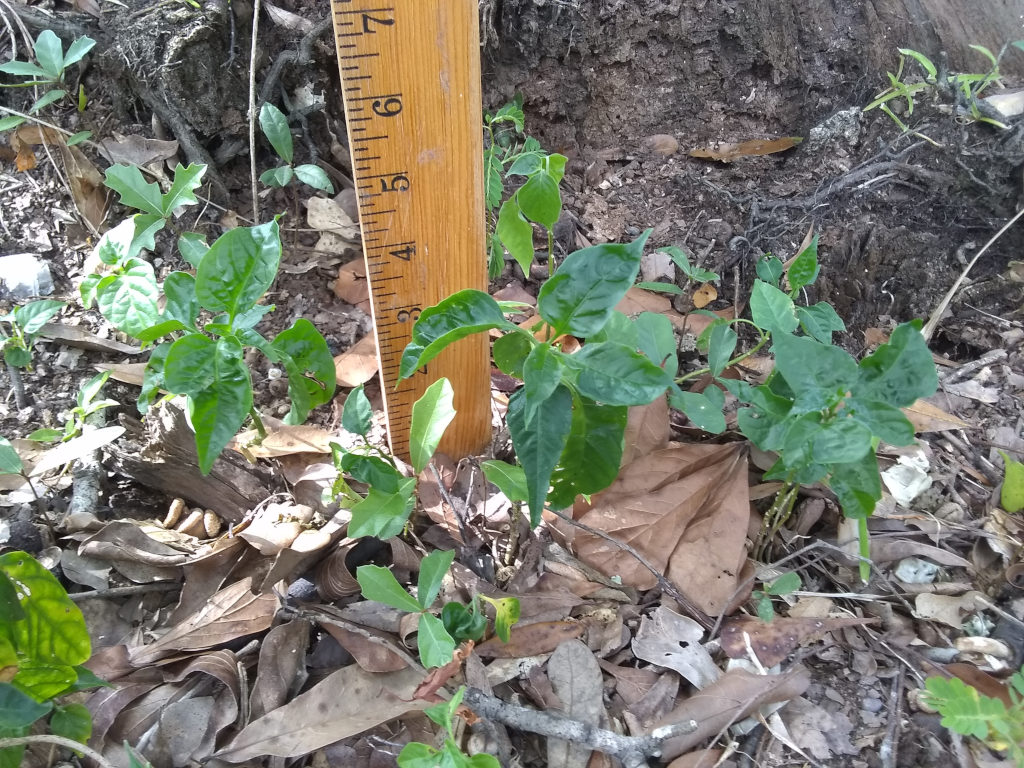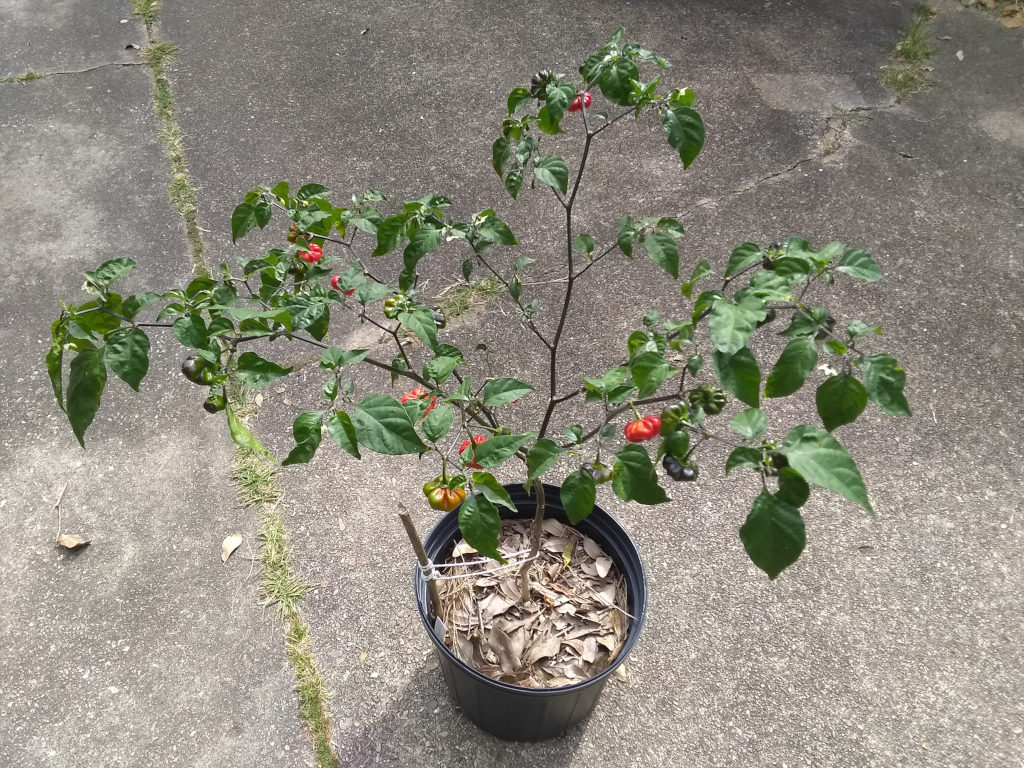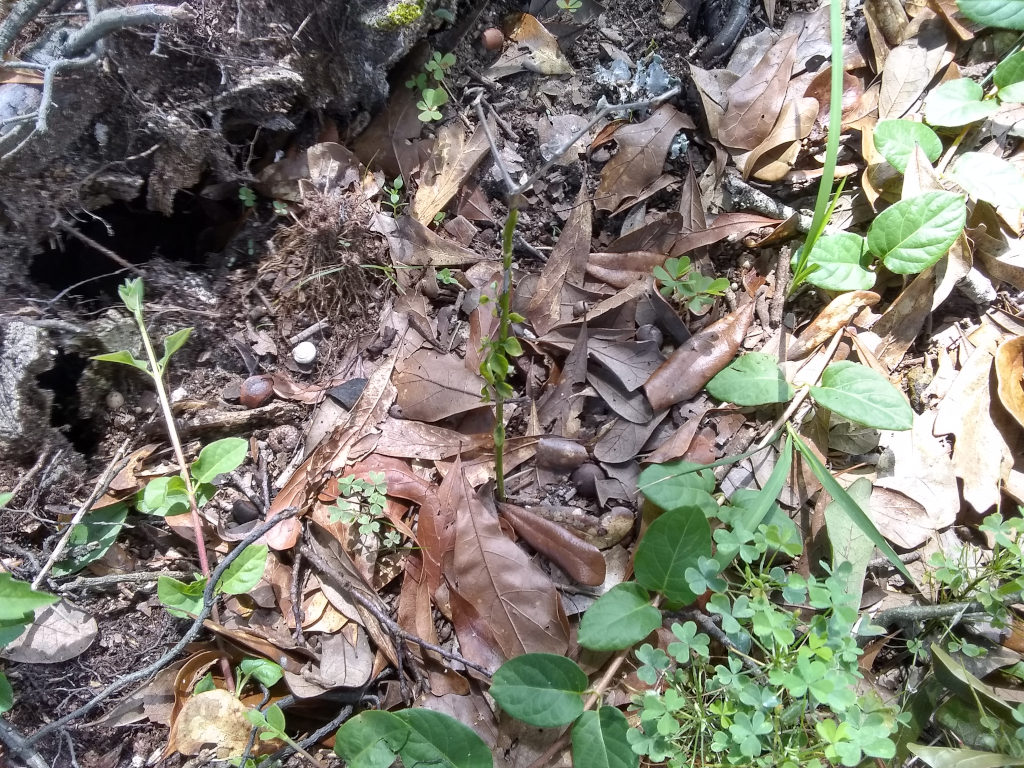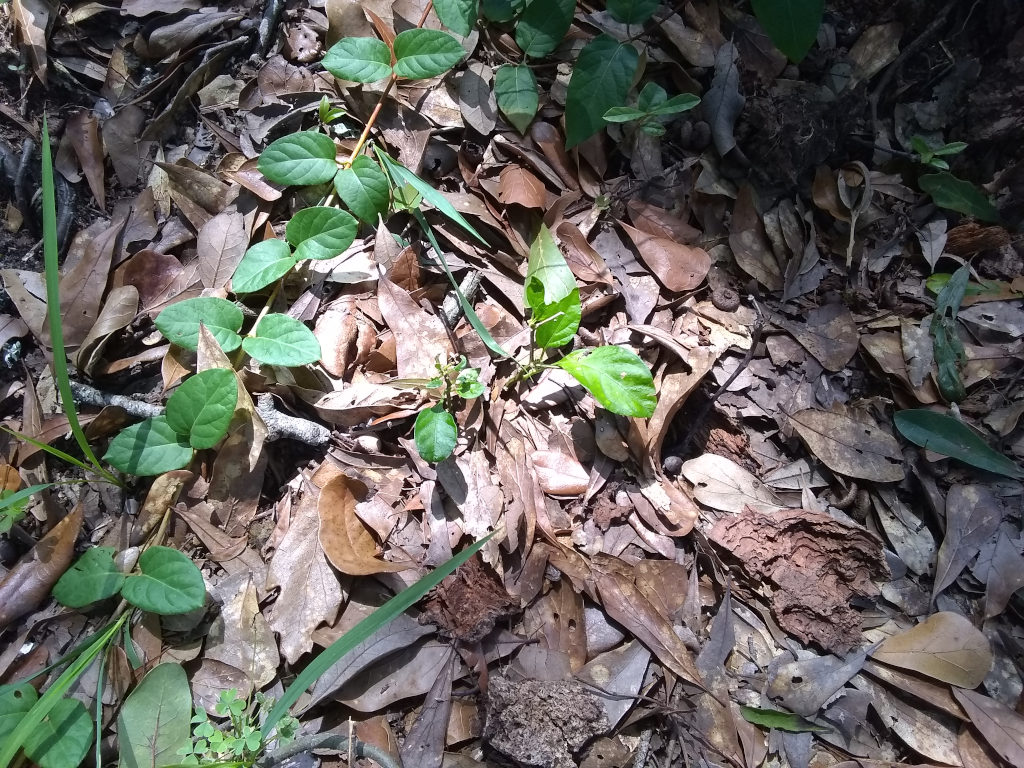I have a stump where I was discarding all my over-ripe and damaged peppers last year. I was curious to see what kind of volunteers would grow here.
I covered that area over with some mulch, and turned it over a few times. Aside from one night of freeze protection, I didn't do much else.
No laborious saving of seeds.
No fancy soil mixtures.
No heat mat and humidity dome.
No grow lamp.
And *NO* idea which of the 15-20 varieties of peppers I discarded last year are coming back here.
Of course there's a few weeds mixed in. But there's a crate-load of peppers also.
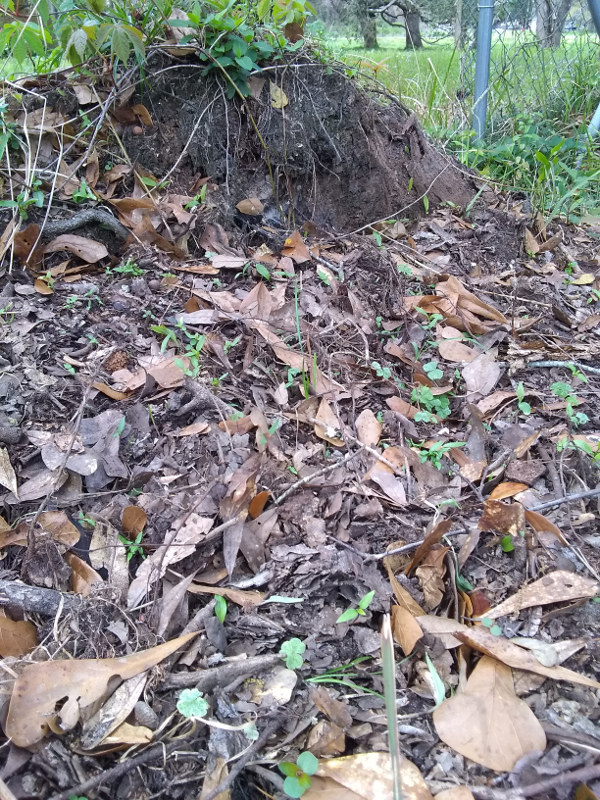
They're often coming up in dense clumps.
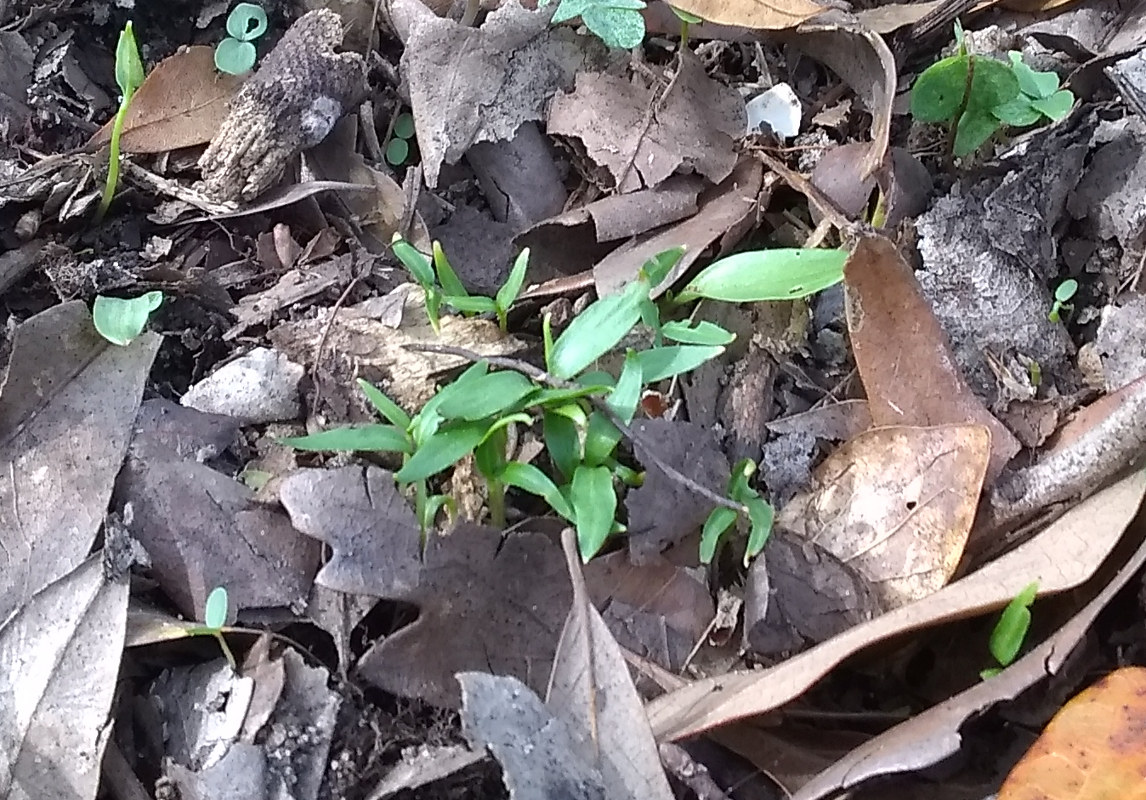
These poor fellas have some serious helmet head issues.
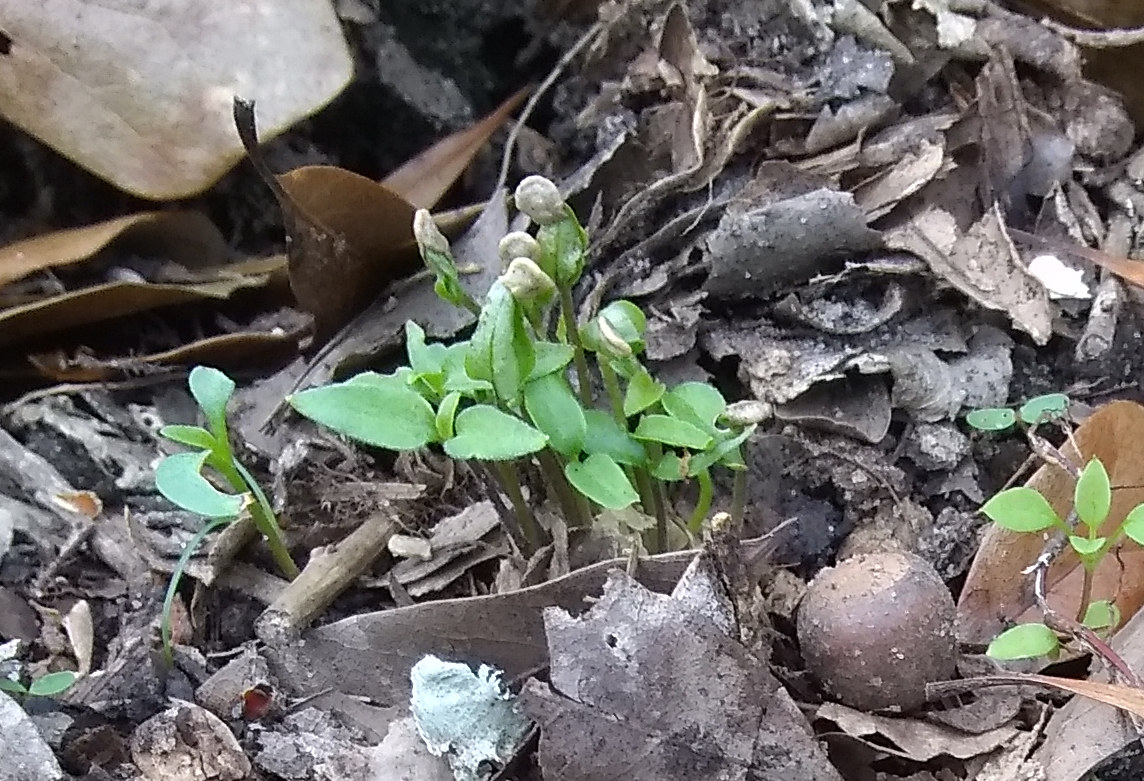
I'm guessing this one is a PDN x BMJ. It's one of the few distinctive varieties at this early age.
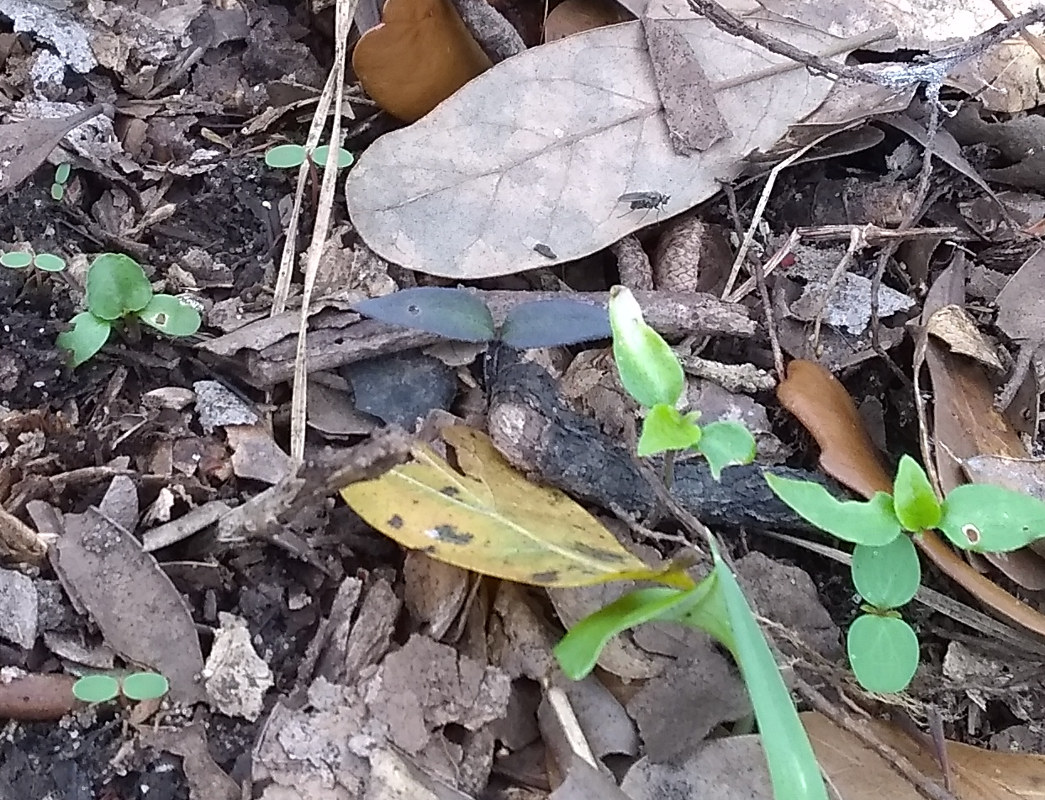
This is about a 4 foot by 2 foot strip of ground. Is this too dense to grow a few dozen peppers?
I covered that area over with some mulch, and turned it over a few times. Aside from one night of freeze protection, I didn't do much else.
No laborious saving of seeds.
No fancy soil mixtures.
No heat mat and humidity dome.
No grow lamp.
And *NO* idea which of the 15-20 varieties of peppers I discarded last year are coming back here.
Of course there's a few weeds mixed in. But there's a crate-load of peppers also.

They're often coming up in dense clumps.

These poor fellas have some serious helmet head issues.

I'm guessing this one is a PDN x BMJ. It's one of the few distinctive varieties at this early age.

This is about a 4 foot by 2 foot strip of ground. Is this too dense to grow a few dozen peppers?

